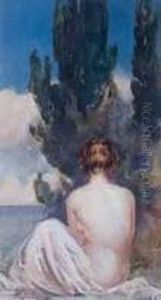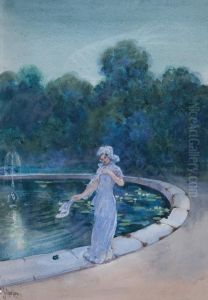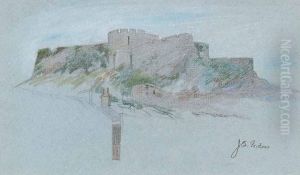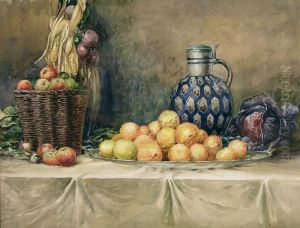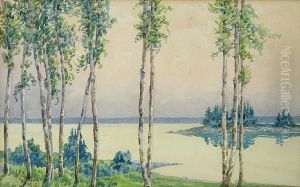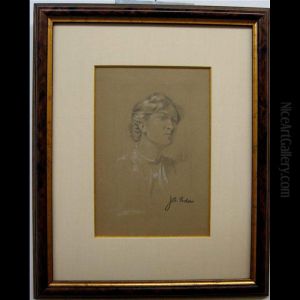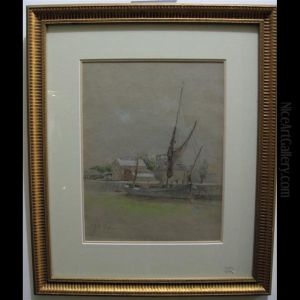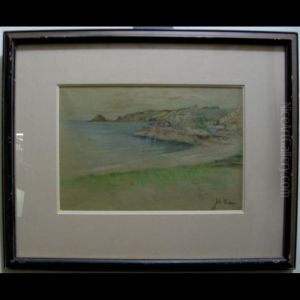John Sloan Gordon Paintings
John Sloan Gordon was a Canadian artist, born on October 8, 1868, in Charlottetown, Prince Edward Island. He was a painter, etcher, and educator, known for his landscape paintings and for being a part of the early 20th-century Canadian art movement. Gordon's work often reflected the Canadian landscape, particularly the areas around London, Ontario, where he eventually settled.
Gordon studied art in New York at the Art Students League and also in London, England. His education abroad allowed him to absorb various influences, including the styles of Impressionism and the Arts and Crafts movement. Upon returning to Canada, Gordon began to establish his career, and he became an influential figure in local art circles.
In his paintings, John Sloan Gordon captured the spirit of the Canadian countryside, with a particular focus on the quality of light and atmosphere, much like the French Impressionists. He was adept at portraying the changing seasons and the rural scenes of Southern Ontario. His landscapes are characterized by a soft palette and a delicate handling of light, which give his paintings a tranquil, timeless quality.
Throughout his career, Gordon also played a significant role in art education. He taught at the Western University in London, Ontario, where he influenced a generation of Canadian artists. His commitment to education helped to foster a vibrant arts community in the region.
John Sloan Gordon was a member of various art organizations, including the Ontario Society of Artists and the Royal Canadian Academy of Arts. His work was widely exhibited during his lifetime, and he participated in exhibitions with other prominent Canadian artists. Gordon continued to paint and teach until his death on March 24, 1940, in London, Ontario. His legacy lives on through his contributions to Canadian art and the many students he inspired throughout his career.
